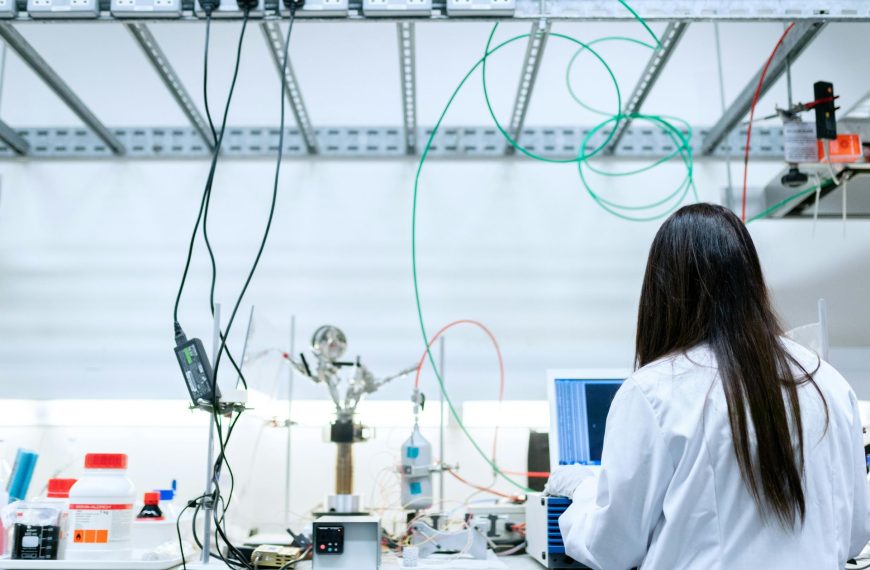The Growing Role of AI in Programmatic Advertising and ROAS Optimisation (March 2025 Update)
As we move deeper into 2025, AI continues to change programmatic advertising and return on ad spend (ROAS) optimisation.
With advancements in machine learning (ML), predictive analytics, and generative AI, marketers are achieving unprecedented efficiency in ad targeting, bidding strategies, and performance measurement.
Let’s explore the latest AI-driven trends shaping programmatic advertising and how businesses are (or should) leveraging these tools to maximise ROAS.
AI-Powered Programmatic Advertising Updates
Programmatic advertising, which automates ad buying and placement, has become even more sophisticated thanks to AI. Key developments in 2025 include:
Hyper-Personalised Ad Targeting
AI now analyses vast datasets—including browsing behaviour, purchase history, and even biometric signals (via wearable tech integration)—to deliver hyper-personalised ads. Deep learning models predict user intent with near-perfect accuracy, reducing wasted impressions.
Real-Time Bidding (RTB) Optimisation
AI-driven RTB algorithms factor in real-time market conditions, user engagement signals, and competitor activity to adjust bids dynamically.
In 2025, platforms like Google Display & Video 360 and The Trade Desk are using reinforcement learning to optimise bids at scale, improving cost efficiency.
Generative AI for Ad Creative Optimisation
Generative AI tools (such as OpenAI’s Sora for video and Adobe Firefly for images) are automating ad creative generation.
AI now A/B tests thousands of variations in real-time, adjusting visuals, copy, and CTAs to maximise engagement.
Privacy-Compliant Targeting with AI
With stricter data privacy laws (such as GDPR 2.0 and new U.S. regulations), AI is enabling privacy-safe targeting through:
- Federated learning (training models on decentralised data).
- Synthetic data generation for modelling user behaviour without personal identifiers.
- Contextual AI, which analyses page content rather than user data for ad placement.
AI-Driven ROAS Optimisation in 2025
ROAS remains a critical KPI for marketers, and AI is making it easier than ever to track and improve performance.
Predictive ROAS Modelling
AI-powered predictive analytics forecast ROAS before campaigns launch by analysing historical data, market trends, and consumer sentiment.
Platforms like Meta’s Advantage+ and Google’s Performance Max use these models to allocate budgets optimally.
Cross-Channel Attribution with AI
Multi-touch attribution (MTA) has evolved with AI, now incorporating:
- Unified ID solutions (replacing third-party cookies).
- AI-powered probabilistic attribution (filling gaps where deterministic data is missing).
- Blockchain-based verification for transparent ad performance tracking.
Automated Budget Reallocation
AI continuously shifts ad spend across channels based on real-time ROAS performance.
For example, if a TikTok campaign underperforms while connected TV (CTV) ads excel, AI reallocates budgets instantly—without human intervention.
AI for Creative ROAS Optimisation
Beyond media buying, AI is optimising creative assets for higher ROAS:
- Computer vision analyses which ad elements (colours, faces, text placement) drive conversions.
- Natural language processing (NLP) refines ad copy based on sentiment analysis.
- Voice and conversational AI optimise audio ads for smart speakers and podcasts.
Challenges and Ethical Considerations
Despite AI’s benefits, challenges persist:
- Ad fraud: AI-powered fraud detection is improving, but fraudsters are also using AI to mimic real users.
- Algorithmic bias: Ensuring AI models don’t reinforce discriminatory ad targeting remains a priority.
- Ad fatigue: Over-optimisation can lead to repetitive messaging, requiring human-AI collaboration for creative freshness.
The Future of AI in Advertising (Beyond 2025)
Looking ahead, we can expect:
- AI-powered virtual influencers are dominating programmatic ad spaces.
- Quantum computing accelerating real-time bidding decisions.
- Emotion AI detects user reactions via webcam/smart device feedback for ultra-precise targeting.
What do SMEs need to know?
Marketers who embrace AI-driven automation, predictive analytics, and privacy-safe targeting will gain a competitive edge, while those lagging behind risk inefficiency and wasted spend.
As AI continues to evolve, the future of advertising will be faster, smarter, and more results-driven than ever before.
If you’d like to learn more, check out our Marketing Training course or get in touch with us to evaluate your current e-commerce strategy and programmatic endeavours.




